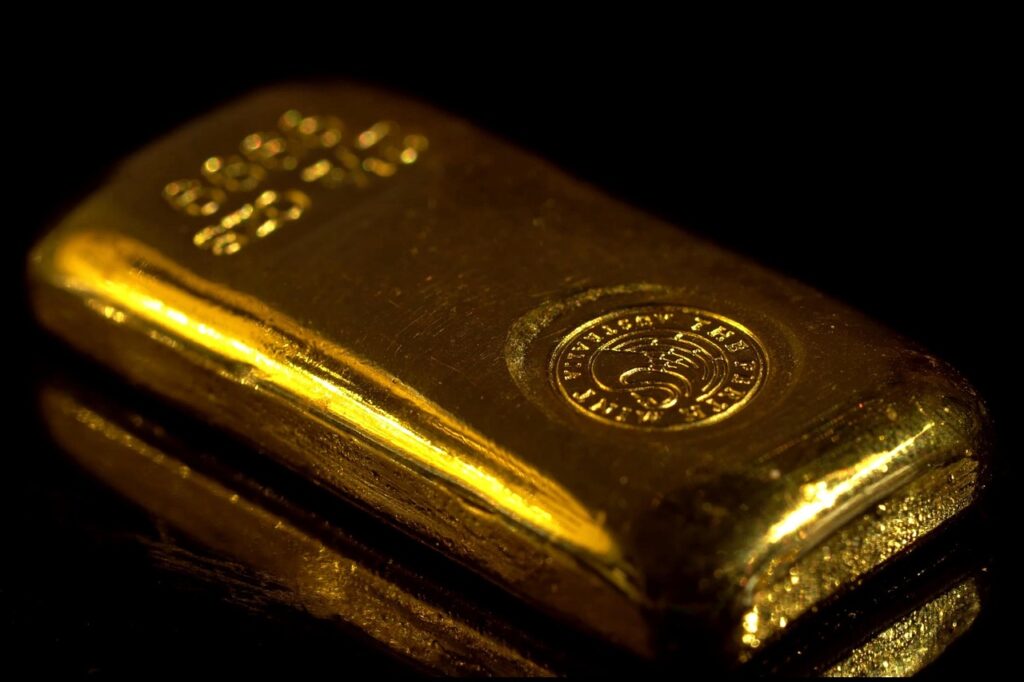The main gold producing states in Mexico in 2024 were Zacatecas, Sonora, Guerrero, Chihuahua and Durango, according to Inegi data.
Zacatecas displaced Sonora from the first position.
Throughout history, several civilizations have used gold to preserve their wealth. In fact, it has proven to be resistant to wars, crises and changes in fashion. In addition, it does not rust, it does not crack and, most importantly, it never loses its value in the financial world. That is why central banks consider it a key wild card when markets are shaky.
Main gold producing states in Mexico
Gold is extracted from oxidized ores by milling or heap leaching, depending on the grade of the ore, its ease of treatment and the costs involved. High-grade oxide ores are milled and mixed with water to form a suspension, which is then passed through a carbon leaching circuit.
Low-grade ores are stacked on impermeable pads and a weak cyanide solution is applied to dissolve the gold, which is then recovered with carbon or zinc.
These are the main gold producing states in Mexico in 2024, in kilograms:
- Zacatecas: 37,671.9.
- Sonora: 34,765.2.
- Guerrero: 22,495.4.
- Chihuahua: 18,305.2.
- Durango: 17,263.6.
Mine production
Non-oxidized ores that readily release gold are processed by direct cyanidation. Refractory ores, on the other hand, require more complex methods such as roasters or autoclaves to oxidize sulfides.
Flotation can also be used: the ground ore is mixed with chemicals to separate the gold sulfides in bubbles, generating a concentrate that is then treated in autoclaves, roasters or fine grinding circuits.
Finally, the gold is recovered by electroplating or precipitation with zinc, and smelted to obtain doré.
In 2024, gold mining production in Mexico was 140,298 kilos in 2024, the third highest volume.
Historical Fact: Between 1848 and 1855, California experienced a gold rush. During that period, more than 300,000 people from different countries came to the state in search of the valuable metal. This large population movement completely transformed the local economy. It also prompted the integration of California as a U.S. state in 1850. Thus, gold not only generated wealth. It also changed the political map of the nation.

